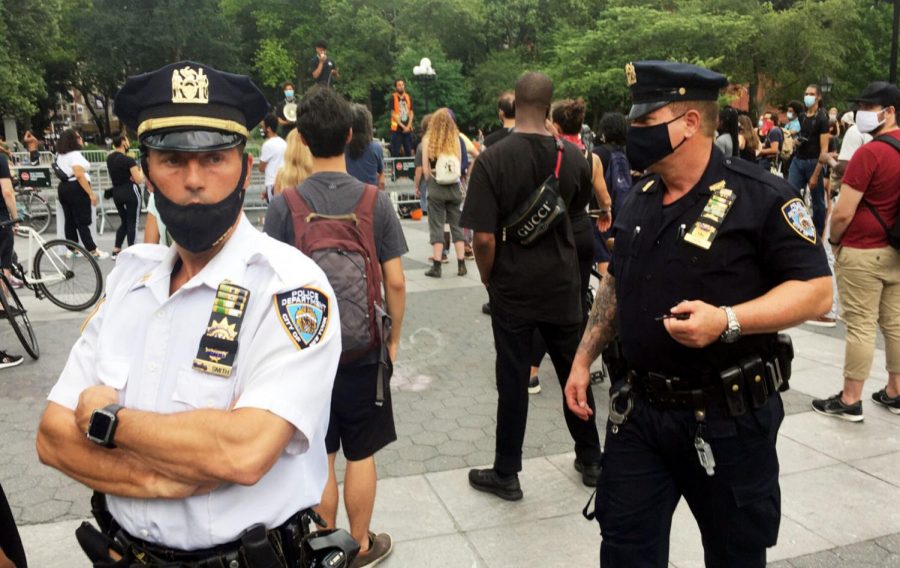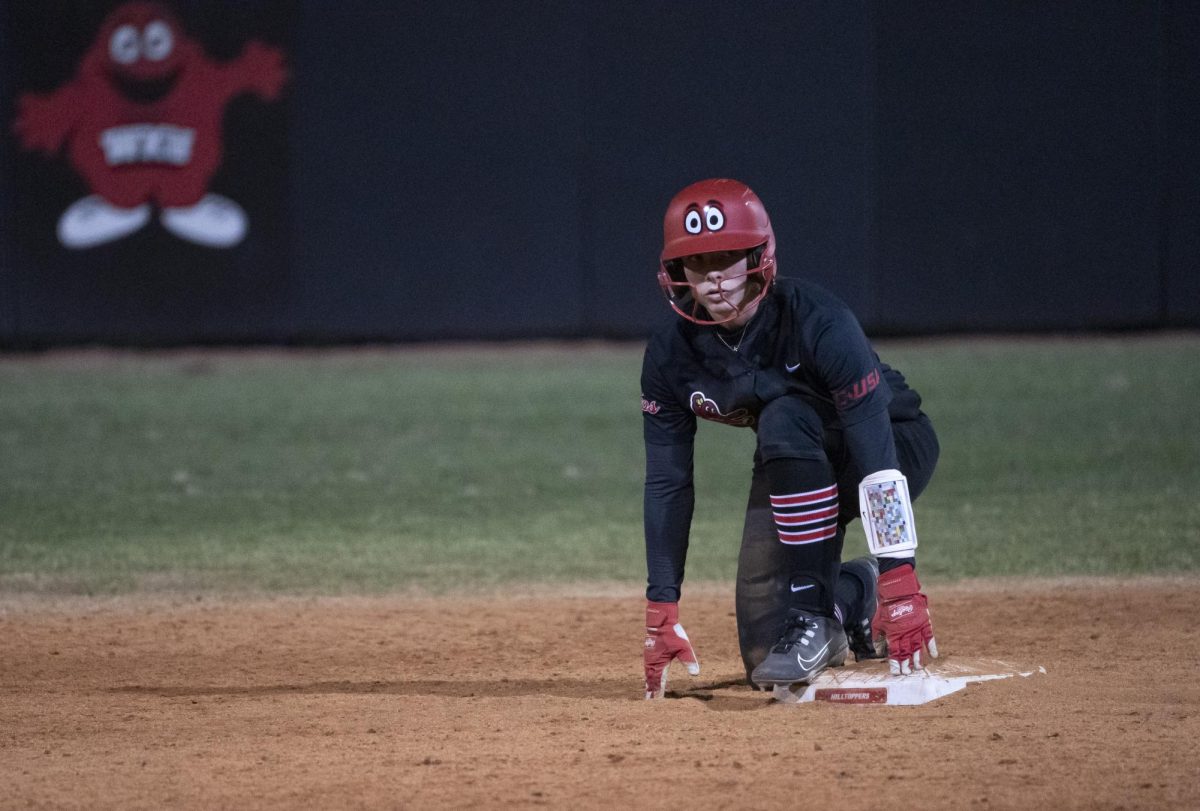Defund the police movement contributed to rise in violence, experts say
April 17, 2021
(The Center Square) – Calls to defund the police have once again been thrust into the national spotlight after a string of high profile police shootings, but data show the rallying cry for police reformers may not hold water.
After the death of Daunte Wright at the hands of police in Minnesota, U.S. Rep. Rashida Talib, D-Mich., made headlines this week for posting on Twitter: “No more policing, incarceration, and militarization. It can’t be reformed.”
Later in the week, Senate lawmakers blasted President Joe Biden’s Justice Department Civil Rights Division nominee Kristen Clarke after reports that she wrote an op-ed calling for defunding the police. Clarke pushed back, arguing that was not the point of her writing.
However, Sen. Ted Cruz, R-Texas, was quick to point out the headline of her column: “I Prosecuted Police Killings. Defund the Police – But Be Strategic.”
The exchange points to a division within the defund movement. Some call for total removal and dismantling of police departments while others advocate for reallocating a portion of police budgets to other services to respond to community needs like mental health services.
The riots and defund debate, though, have helped create an atmosphere where police in many parts of the country do not feel safe, let alone valued.
“If you are feeling beleaguered and you don’t have the support of your community, it makes it very difficult to do your job,” said John Malcolm, an expert on legal and judicial issues at the Heritage Foundation. “If [police] think they are going to be attacked by the people they are trying to protect, that is going to be very demoralizing. Take the fact that they are going to be demoralized and second guessed for every decision …
“When police officers like firefighters or soldiers hesitate to act, people die,” he added.
The data appear to support that claim. A report from the Law Enforcement Legal Defense fund showed there were 4,000 more murders in 2020 than 2019, a 25% increase.
“I think it is very clear that homicides and likely shootings as well went up significantly in 2020 across the country in lots of cities,” said Rafael Mangual, a legal policy expert at the Manhattan Institute. “2020 was one of the deadliest years in recent history…”
This violence came the same year as advocates and politicians around the country came down hard on local police with some even calling for the abolishment of police departments.
The sentiment was put on full display during weeks of riots and protests following the death of George Floyd while in Minneapolis police custody. Cities like Chicago, Louisville, New York City, Minneapolis and Los Angeles saw a spike in homicides and a reduction in arrests following demonstrations.
In some cities, like Minneapolis, Portland and Los Angeles, local officials slashed police budgets, which was followed by a major spike in violent crime.
“After the city of Portland slashed its police budget by $12 million and eliminated three police units, the police withdrew while shootings climbed 173% and murders rose 255% in nine months,” LELDF said. “Since June 2020, local leaders and activists’ increasing attacks, demoralized, debilitated, and in some cases, defunded law enforcement.
“As police stepped back, violence surged,” the group added.
Experts say there are several factors in the spike in violent crime, including COVID-19, but Mangual says there is a clear connection between last year’s change in sentiment and the violence.
“I think it’s certainly the case that there was a shift in policing in 2020 that contributed in a significant degree to the crime uptick,” Mangual said. “The buildup of the defund movement and the welcomed response to it by local and federal politicians communicated a sense of antagonism toward police.”
Officers reported that the anti-police sentiment made many officers feel they would not be treated fairly if they were involved in a controversial shooting. Commonly called “The Ferguson Effect,” officers fearful of putting themselves in a difficult situation pull back from common policing duties.
Police presence and patrols have been demonstrated to lower violent crime rates. As police become less proactive, especially in traditionally high-crime areas, violent crime can rise.
“I don’t think it requires a complicated econometric analysis to draw a reasonable inference that this contributed to the uptick in violence we saw in 2020,” Mangual said.
Often, the areas hit hardest by the spike in violent crime are the most vulnerable minority communities.
“To my mind, to adopt a policy posture that is likely to produce these bad outcomes that we know are going to be concentrated in these areas is precisely the wrong thing to do, at least if you care about the marginalized,” Mangual said.















